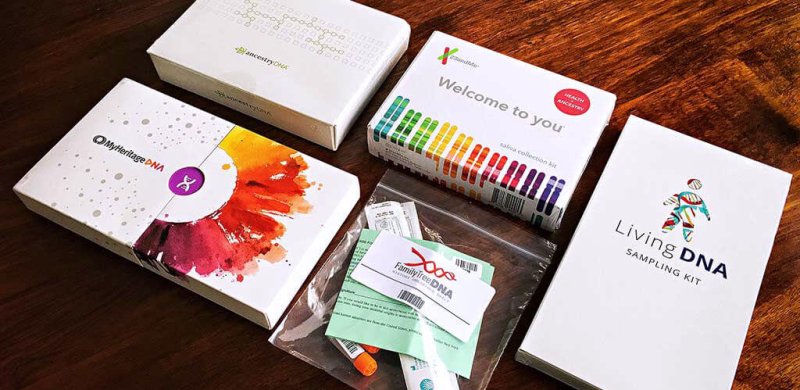23andMe caused Leonard Kim not one identity crisis but two.
The first came in 2016, when Kim, who was raised believing he was 100% Korean, took the company’s DNA ancestry test and learned he was almost half Japanese. Then, earlier this month, he was out for drinks with his wife and some friends near his Los Angeles home when someone questioned his Japanese ancestry.
So Kim, 34, took out his phone and consulted the 23andMe website. That’s when he discovered his ethnic identity had changed. The site that once told him he was about 40% Japanese now pegged that figure at 5%. He was, in an instant, fully Korean again.
…
To the companies selling tests, the ever-evolving DNA ancestry reports are more of a feature than a bug. Each website is upfront about the fact that a given test result is only as accurate as the data behind it. With more data come more granular conclusions that almost inevitably tweak ancestry results.
…
“We try to convey the notion that this is a living document,” said Robin Smith, head of 23andMe’s ancestry division. “It does change over time.”
Read full, original post: ‘What’s my real identity?’: As DNA ancestry sites gather more data, the answer for consumers often changes































